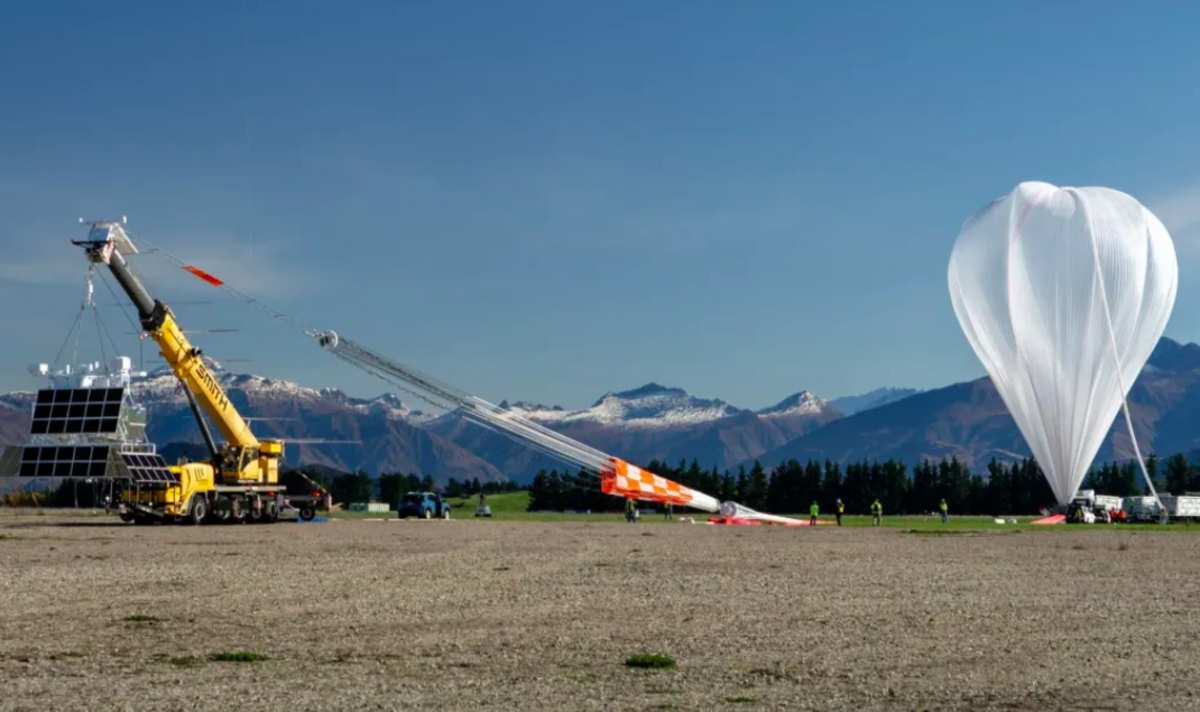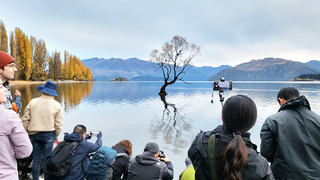NASA back in Wānaka for SPB launch

01 April 2025, 4:06 PM
 One of the NASA SPB’s preparing to launch from Wānaka Airport in 2023.
One of the NASA SPB’s preparing to launch from Wānaka Airport in 2023.NASA’s Scientific Balloon Programme has returned to Wānaka for two scheduled flights to test and qualify the agency’s Super Pressure Balloon (SPB) technology.
The stadium-sized, heavy-lift balloons will travel the southern hemisphere’s mid-latitudes for planned missions of 100 days or more, and the launch ‘window’ is open until early June.
“We are very excited to return to New Zealand for this campaign to officially ‘flight qualify’ the balloon vehicle for future science investigations,” NASA Ballon Programme Office chief Gabriel Garde said.
“Our dedicated team both in the field and at home has spent years in preparation for this opportunity, and it has been through their hard work, fortitude, and passion that we are back and fully ready for the upcoming campaign.”
NASA’s return to Wānaka marks the sixth SPB campaign held at Wānaka Airport since the agency began balloon operations there in 2015.
The NASA team returned for additional launch attempts in 2016, 2017, 2022 and 2023, all of which were successful apart from the 2022 launch.
The launches are conducted in collaboration with the Queenstown Airport Corporation, Queenstown Lakes District Council, New Zealand Space Agency, and Airways New Zealand, Gabriel said.
“We are especially grateful to our local hosts, partners, and collaborators who have been with us from the beginning and are critical to the success of these missions and this campaign,” he said.
NASA’s 532,000-cubic-meter helium-filled SPB, when fully inflated, is roughly the size of Forsyth-Barr Stadium in Dunedin.
The balloon will float at an altitude of around 110,000 feet (33.5 kilometers), more than twice the altitude of a commercial airplane.
Very specific weather conditions are required for a successful launch, namely clear high pressure conditions and minimal wind.
The public is encouraged to follow real-time tracking on the agency’s Columbia Scientific Balloon Facility website and launch and tracking information will also be shared across NASA’s social media platforms and the NASA Wallops blog, Gabriel said.
PHOTO: NASA





